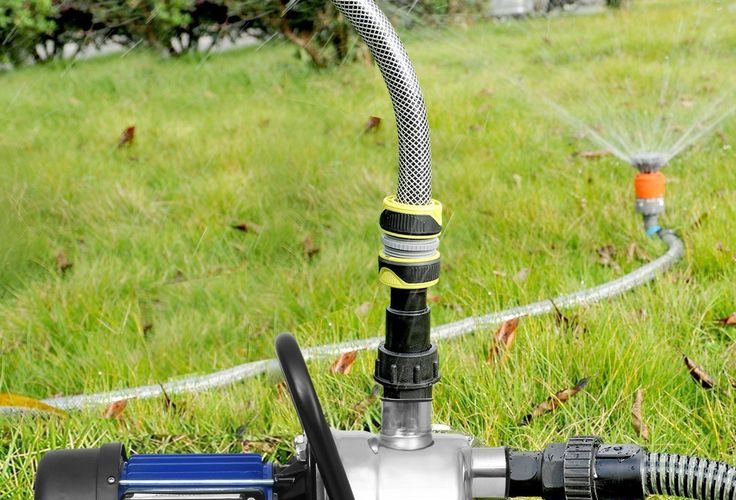Small businesses are the engine that drives the local economy. They employ people from the surrounding community. These people can then buy goods and services, saving more money locally. More money supply allows municipalities to maintain vital infrastructure. Local non-profit organizations also benefit and contribute to improving the quality of life for everyone. Learn more about the impact of shopping small and local with the following resource:
This infographic was created by House of Webster, shop corporate food gifts







